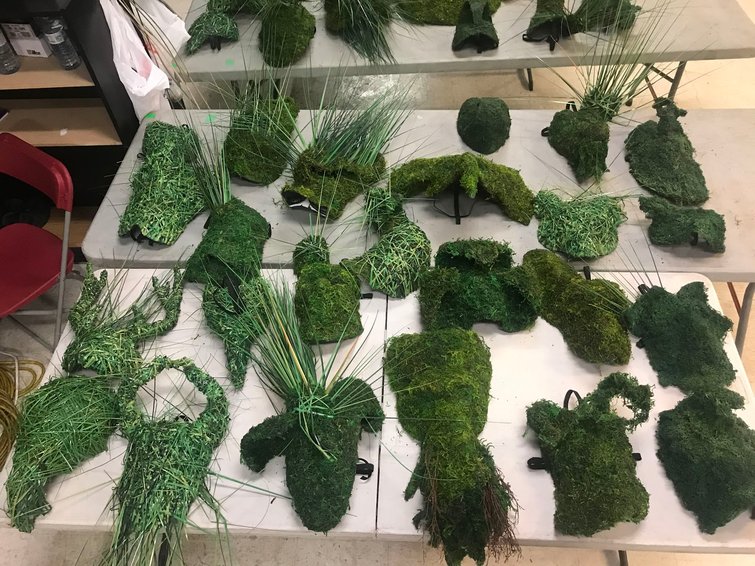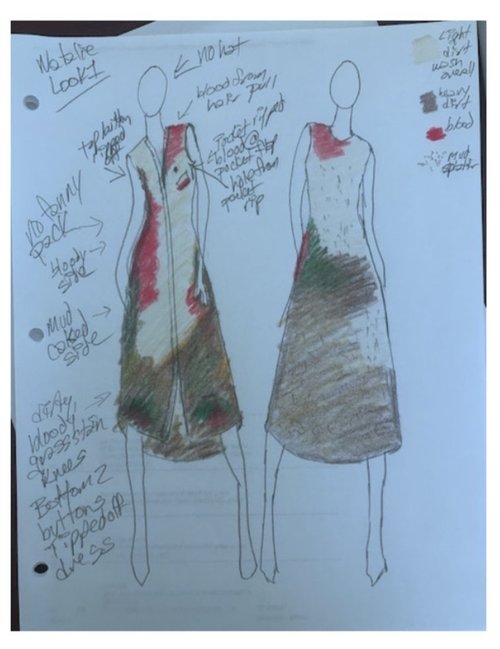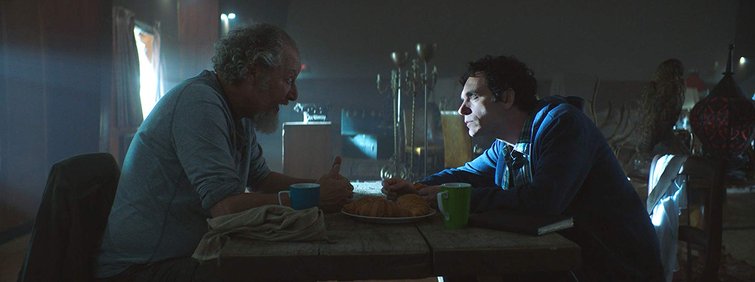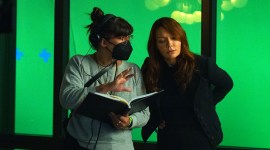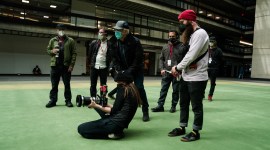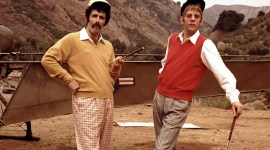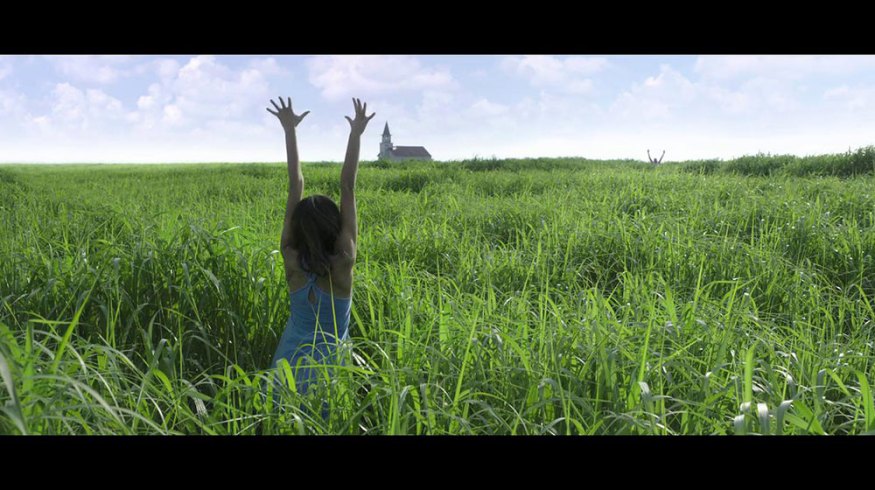
Costume Designer Ginger Martini on Production Prep and Post Process
PremiumBeat examines the important role clothes play in film and television in this conversation with fashion designer-turned-costume maven Ginger Martini.
Mark Twain once said, “Clothes make the man. Naked people have little or no influence on society.” Ginger Martini‘s recent credits include Vincenzo Natali’s In the Tall Grass, based on a novella by Stephen King, and Jeremy LaLonde’s nihilistic rom-com, James vs. His Future Self.
PremiumBeat: In the Tall Grass presented some interesting challenges for you since the characters are in the same clothes for the duration of the film. How did you handle tracking the wear and tear — as well as physical and emotional evolutions that their costumes might reflect?
Ginger Martini: Great question! The story has several different timelines as well — once a character is killed, they regenerate, and the cycle starts again for the new timeline. Using a program called Sync on Set, I plotted out — scene by scene — each of the character’s details (falls on the ground, left knee muddy, been wandering in the heat for hours, more sweat under arms and at neckline, etc.).
Then, to make sure each character was in the proper level of mud/sweat/blood, I divided the outfits into different “stages” and treated the stages as their own separate outfit. For example, Tobin had “five stages” of breakdown, which means he had five different levels of blood/mud/sweat on his clothing, even though the outfit was technically the same. He also had different-sized clothing to make him look like he’d been trapped in the grass for awhile. In some timelines, his clothes fit a bit looser than when he first enters the grass chasing after Freddie.
Sync on Set is fantastic for this. It’s set up so that you can have the reference photo from the fitting and your notes tagged to the scene. The continuity photos from set (the photos taken when the scene actually shoots) are then uploaded and tagged to the scene, as well. This helps us to stay organized and make sure everyone is wearing the proper level of breakdown for the scene we are shooting.
PB: What is the pre-production process for you on any given project? Or, is it different depending on the scope and genre?
GM: There are some things that are always the same and others that vary, depending on the show. Almost always, it starts out by reading the script, researching the time period and other key visual elements to the story, and then creating sketches or tear sheets into presentation boards to go over with the director and producers.
Once I have their feedback, it’s time to start shopping and sewing. I usually have a “show and tell” with the director, producers, cinematographer, and production designer a week before the first fittings so I can show them all the awesome pieces we’ve built and purchased. This makes sure we’re all on the same page with the look of the character before the cast member comes in for their first fitting. Next are the fittings, making any alterations that are needed to get the “perfect for that character” fit, and then off to shoot the movie!
PB: How do you typically come up with your designs? Do you start with the script, the director’s input, or perhaps something creative you’ve been dying to explore with color and texture?
GM: Always the script. Costumes, for me, are always character-/plot-driven. Director notes, casting choices, and other things always come into play during the process, but there’s nothing like reading a script for the first time and having the characters spring to life in my mind while I’m finding out their path for the first time.
PB: When you work on something as innovative as James vs. his Future Self, where an uptight time-traveling-obsessed young scientist is visited by his nihilistic future self. How do you maintain a consistency so the audience will believe they are the same person, yet include influences of the style of the time and, in this case, an unknown future?
GM: Costume design for James vs. His Future Self was an exciting challenge. It was important to visually link James to Future James through their costumes. For most people, dressing in your thirties is quite different from how you’d dress in your sixties. (Thirty years of experiences to change your style!) However, for James, the hoodie remained his staple. He was obsessed with trying to change the past, and it consumed him to the point that it also became his future. He wasn’t having new experiences or growing as a person — he was stuck. Working in the shadows, obtaining clothing that was going to last but also that felt safe and familiar, the last thing on his mind was his appearance or keeping up with trends.
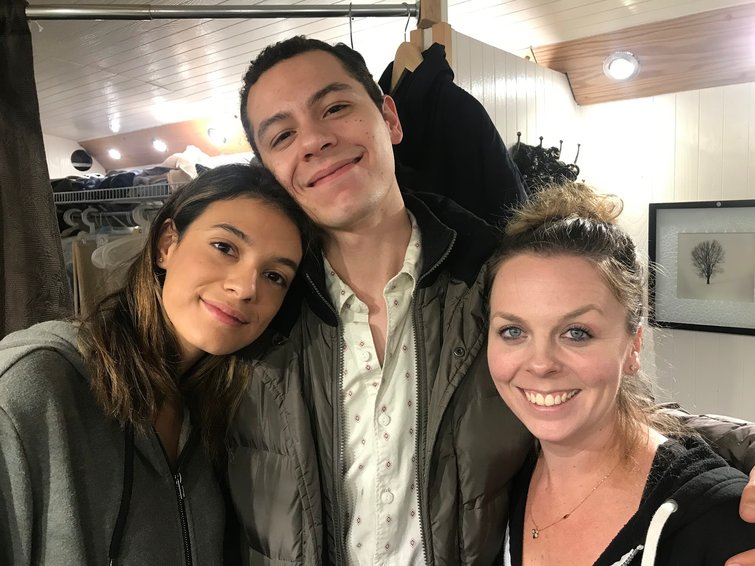
Laysla De Oliveira, Avery Whitted, and Ginger Martini of In the Tall Grass. (Courtesy of Ginger Martini.)
PB: What is your post-show process? How does a project wrap up for you?
GM: I’m obsessed with organizing, so wrap week is always fun for me! I start my days at 9 a.m. (okay, 9:30). If we were on the road, my team and I unload the costume truck into the studio, then start organizing the pieces by character for storage. We make sure everything has been laundered, dry cleaned, and inventoried.
Again, Sync on Set is fabulous — we tag each item of clothing, accessories, and footwear to the “closet” of the character in Sync. Once everything has been properly logged in, we bag the clothing, add a piece of tissue paper to keep out any dampness, and a Bounce sheet to keep clothing smelling fresh and to keep any bugs from making a home in there. Footwear goes into bins per character and the bags of clothing go into closet boxes. The bins and boxes are labeled with their contents and numbered. The bin and box numbers are added to the inventory, so I know exactly where to find any piece for any character. The bins and boxes are then moved off to storage and held onto in case there are any reshoots or a sequel — or future season.
PB: Any favorite genres? What directors and/or talent do you admire that you would love to collaborate with on a future project because of their particular style?
GM: I don’t think I do I have a favorite genre. This month alone I have the features: In the Tall Grass (horror), Brotherhood (1920s period film), James vs. His Future Self (rom-com) all premiering, as well as Season 7 of Letterkenny (comedy).
As long as the script is great and the people are nice, I’m happy to be involved!
Cover image of In the Tall Grass via Netflix.
Want more on costuming and production design? Check these out.
- Increase Your Production Values with Simple Costume Design
- The Costume Design of Star Trek, House of Cards, and My Big Fat Greek Wedding
- The Practical Guide to Independent Costume Design
- From “True Lies” to “Die Hard”: Simple-Yet-Brilliant Costume Designs
- Industry Interview: CW Costume Designer Catherine Ashton



